Whether you want to stop paying skyrocketing rental rates, start building equity, or own property that can be passed down to your children, purchasing a home is likely a long-term goal of yours. However, with rising home costs and the mortgage stress test introduced in 2018, achieving that goal can be a challenge for many Canadians. Fortunately, there are a number of programs and incentives offered by the federal government that first-time homebuyers can apply for.
“First-time homebuyers in Canada have the opportunity to take advantage of some great federal government programs to assist them when purchasing their first home,” says Michael Therriault, Financial Advisor at Scotiabank. “They can apply for multiple programs as long as they are eligible, so it is strongly recommended for potential first-time homebuyers to meet with a financial advisor at their bank to go over their individual circumstances and to help determine the best program(s) for them.”

1. Home Buyer’s Plan
Early withdrawals from an RRSP are usually considered taxable income, but with the Government Home Buyer’s Plan, you can apply your RRSP savings toward the price of your home — tax free.
“The Home Buyer’s Plan (HBP) is a program that allows you to withdraw up to $25,000 ($50,000 per couple) in a calendar year from your registered retirement savings plans (RRSPs) to buy or build a qualifying home for yourself or for a related person with a disability,” says Olga Coulter, Senior Account Manager at the Canada Mortgage and Housing Corporation (CMHC). “To be eligible, you must be a first-time homebuyer (ie. you haven’t purchased a home or lived in a spouse’s home within the last four years) and have a written agreement to buy or build a qualifying home for yourself or for a related person with a disability.”
However, it’s important to note that that these funds must have been in your account for at least 90 days before the purchase of your home and they do have to be paid back within a 15-year timeframe. “Essentially, you are ‘borrowing’ these funds from your RRSP as they need to be repaid over a 15-year period beginning the second calendar year after the withdrawal,” adds Therriault.

2. First-Time Home Buyers’ Tax Credit
Introduced in 2009, the First-Time Home Buyers’ (FTHB) Tax Credit helps to make purchasing a home more affordable by allowing Canadians to claim a portion of their home purchase on their personal tax return that same year. This helps to offset expenses like legal fees, home inspections and other closing costs.
“The FTHB Tax Credit offers a $5,000 non-refundable income tax credit amount on a qualifying home acquired after January 27, 2009,” says Coulter. “For an eligible individual, the credit will provide up to $750 in federal tax relief.”
To be eligible, you, your spouse or common-law partner must have acquired a qualifying home (a unit located in Canada purchased after January 27, 2009) and cannot have lived in another home you or your partner owned in the year of acquisition or in any of the four preceding years.

3. GST/HST New Housing Rebate
If you are purchasing a new construction home, performing substantial renovations to an existing home, or rebuilding a home that was destroyed by fire, you will want to apply for the GST/HST New Housing Rebate. Filling in this form can save you thousands of dollars, as it recovers a portion of the goods and services tax (GST) or the federal part of the harmonized sales tax (HST) if all eligibility conditions are met.
“You may qualify for a rebate of part of the GST or HST that you paid on the purchase price or cost of building your new house, or on converting a non-residential property into a house,” explains Coulter. “You may also be eligible if you are doing substantial renovations or have hired someone to complete substantial renovations to an existing home, such as an addition.”
CMHC Mortgage Loan Insurance Programs
In addition to tax-related programs, first-time homebuyers have access to several CMHC Mortgage Loan Insurance Programs that can help them achieve the dream of homeownership. Listed below, these programs offer flexible terms and conditions to meet a variety of financing needs and are available throughout the country.
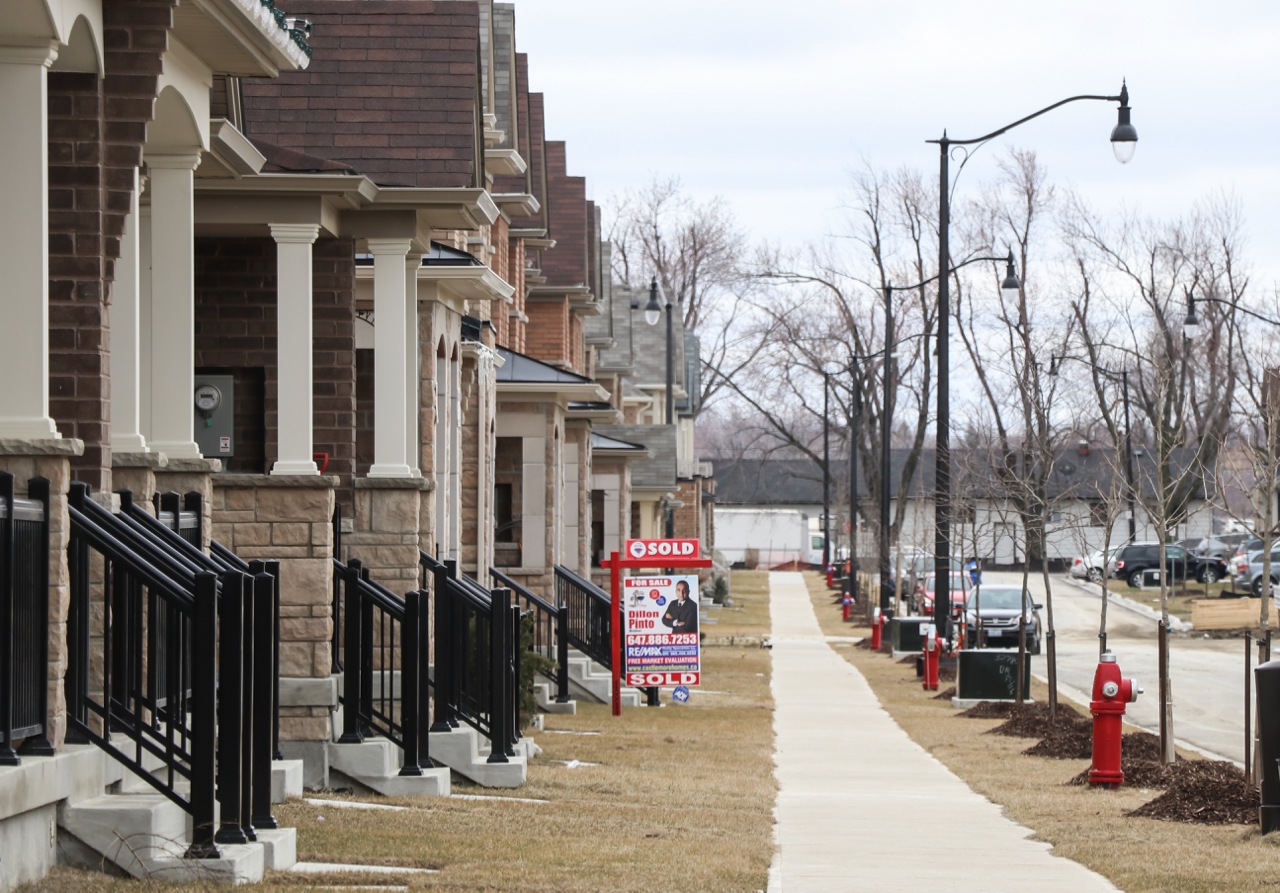
4. CMHC Purchase
While it’s ideal to put at least 20 percent down, home prices in cities throughout Canada are rising faster than many homebuyers can save. “CMHC Purchase can help open the doors to homeownership by enabling homebuyers to buy a home with a minimum down payment of 5 percent,” says Coulter. “The premiums can either be paid up front in a lump sum or incorporated into an applicant’s mortgage loan payments.”

5. CMHC Improvement
With such tight housing markets throughout the country, homebuyers may be interested in purchasing a fixer-upper that needs a little TLC. “CMHC Improvement allows the purchase of an existing residential property with improvements and new construction financing,” explains Coulter. “Features include flexible financing options with the option for CMHC to manage up to four advances at no cost to the borrower.”

6. CMHC Newcomers
Obtaining a mortgage can be especially difficult for newcomers to Canada. If you’re a permanent resident with a strong credit rating you may be able to qualify for a typical bank mortgage, however, if you don’t meet all the criteria, the CMHC Newcomers program can help.
“We have helped newcomers with permanent resident status become homeowners with a minimum down payment starting at 5 percent – regardless of how long they have been in Canada,” says Coulter. “Non-permanent residents can also purchase a home with a minimum down payment of 10 percent of the value of the home.”

7. CMHC Self-Employed
Homebuyers who are self-employed may have difficulty qualifying for a mortgage given that their monthly income may be less predictable. CMHC’s Self-Employed program allows business owners with proper documentation to access mortgage loan insurance under the same criteria and insurance premiums as those with more calculable income.
“Self-employed Canadians make up about 15 percent of Canada’s labour force,” says Coulter. “CMHC facilitates access to mortgage loan insurance for business owners by providing enhanced flexibility for satisfying income and employment requirements for all self-employed borrowers at no additional cost.”

8. CMHC Green Home
“CMHC Green Home encourages homebuyers to choose more energy-efficient housing options to increase comfort and healthier living, while reducing greenhouse gas emissions,” says Coulter. “The program offers a partial premium refund of up to 25 percent directly to borrowers who either buy, build or renovate a home to make it more energy-efficient using CMHC insured financing.”
The amount of the refund varies depending on the level of energy-efficiency achieved by your home as assessed by Natural Resource Canada (NRCan). Condo buyers are also eligible for the CMHC Green Home refund if the building is built to the LEED Canada New Construction standard.

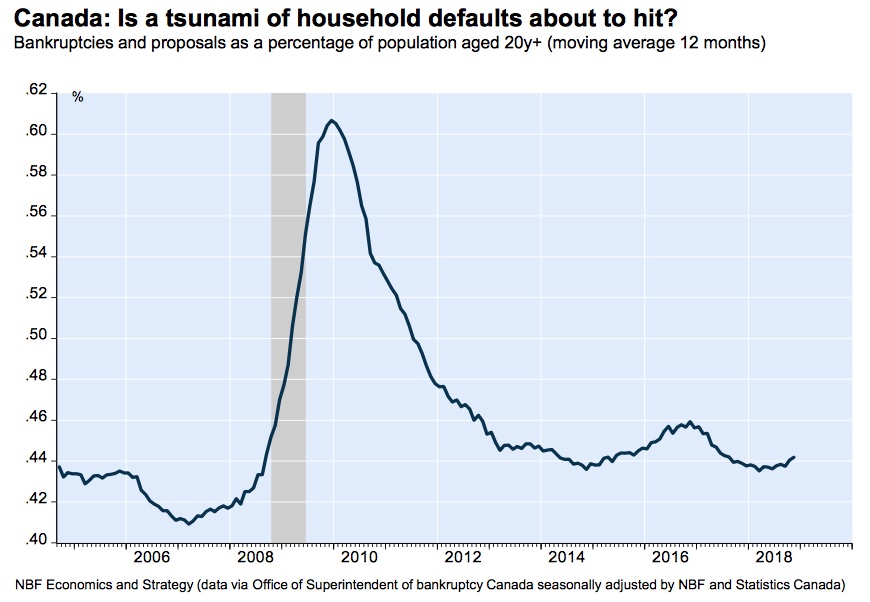





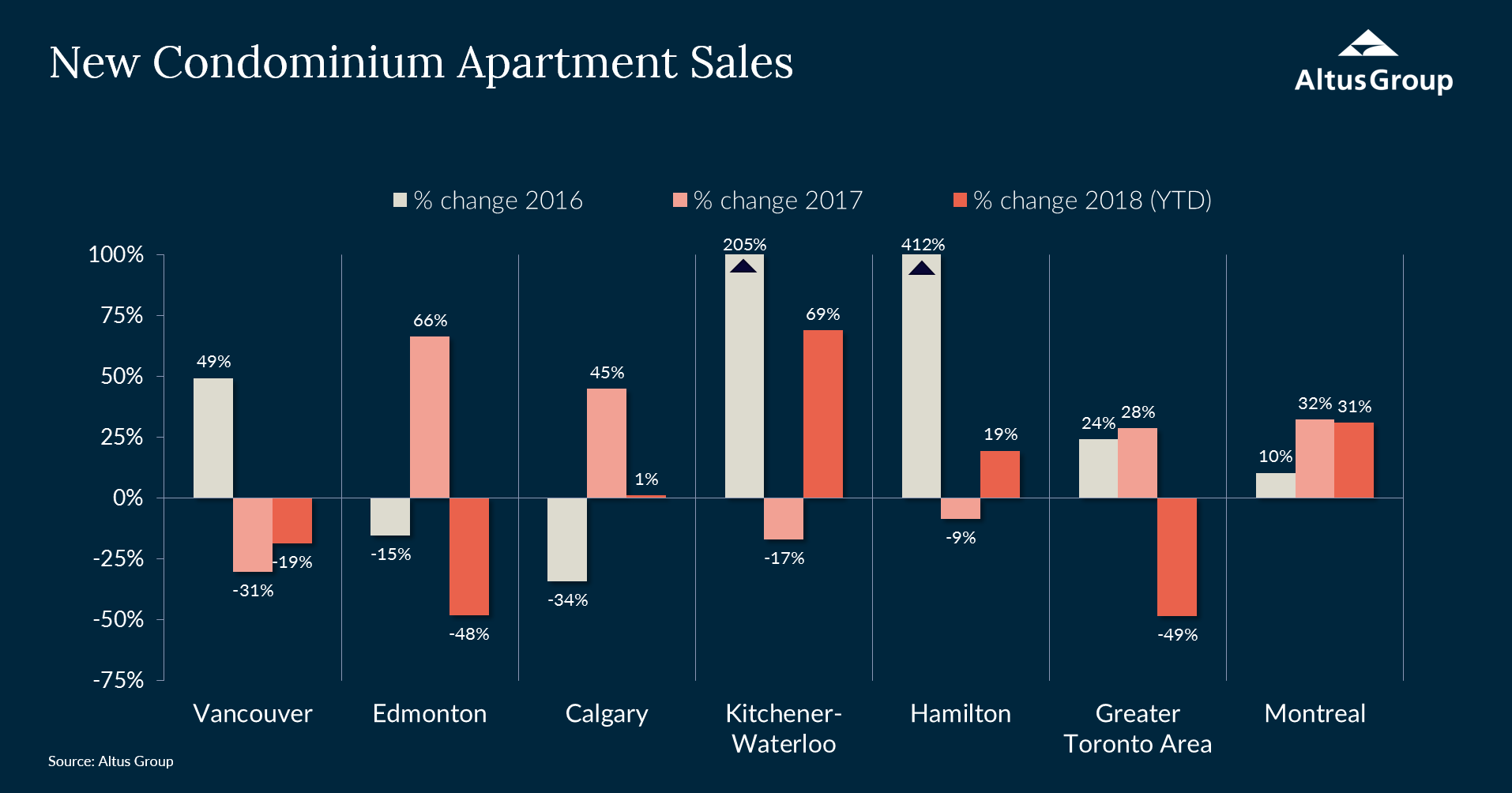
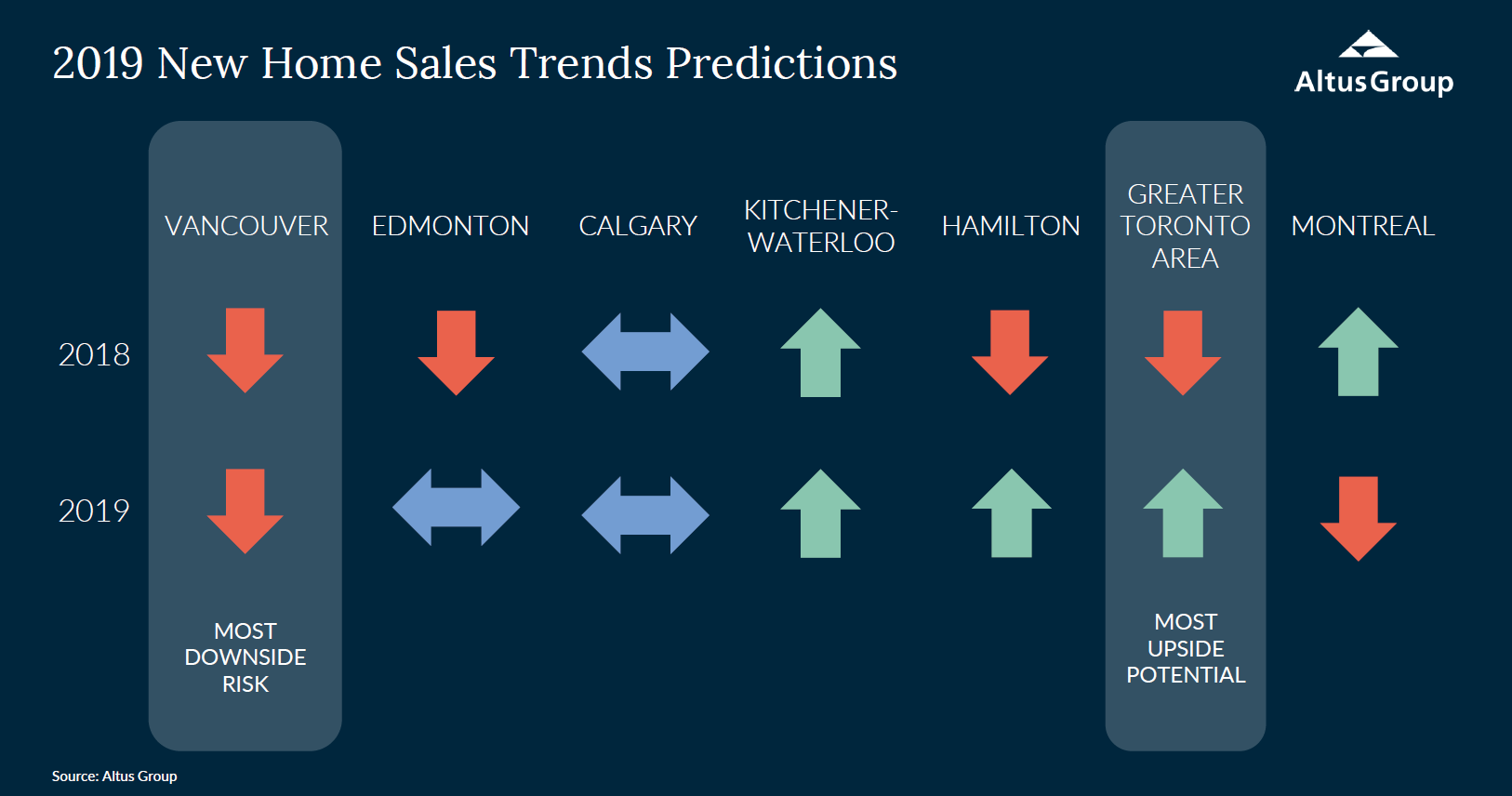
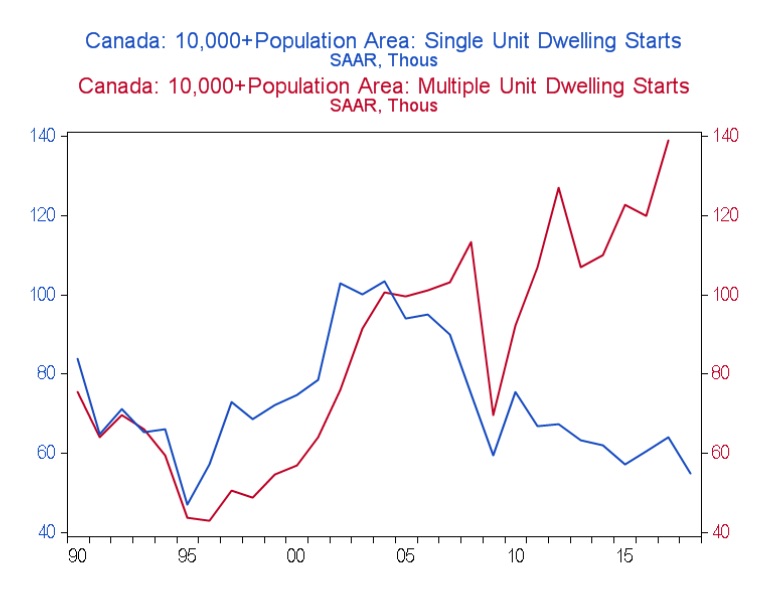

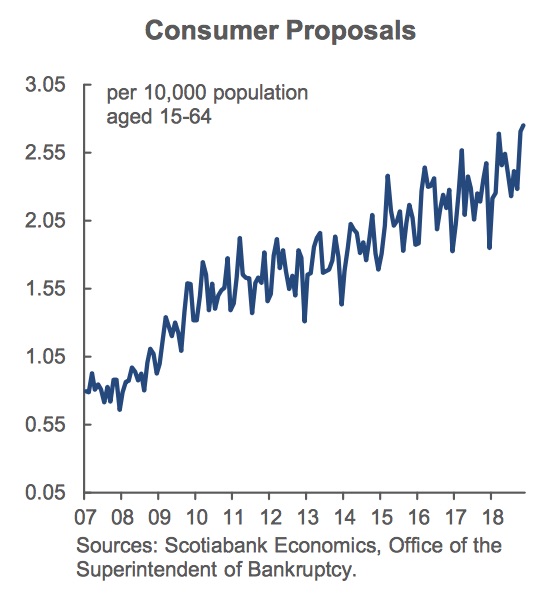
 Maziar Moini, Broker of Record - Home Leader Realty Inc.
300 Richmond St. W., #300, Toronto, ON M5V-1X2
Maziar Moini, Broker of Record - Home Leader Realty Inc.
300 Richmond St. W., #300, Toronto, ON M5V-1X2

